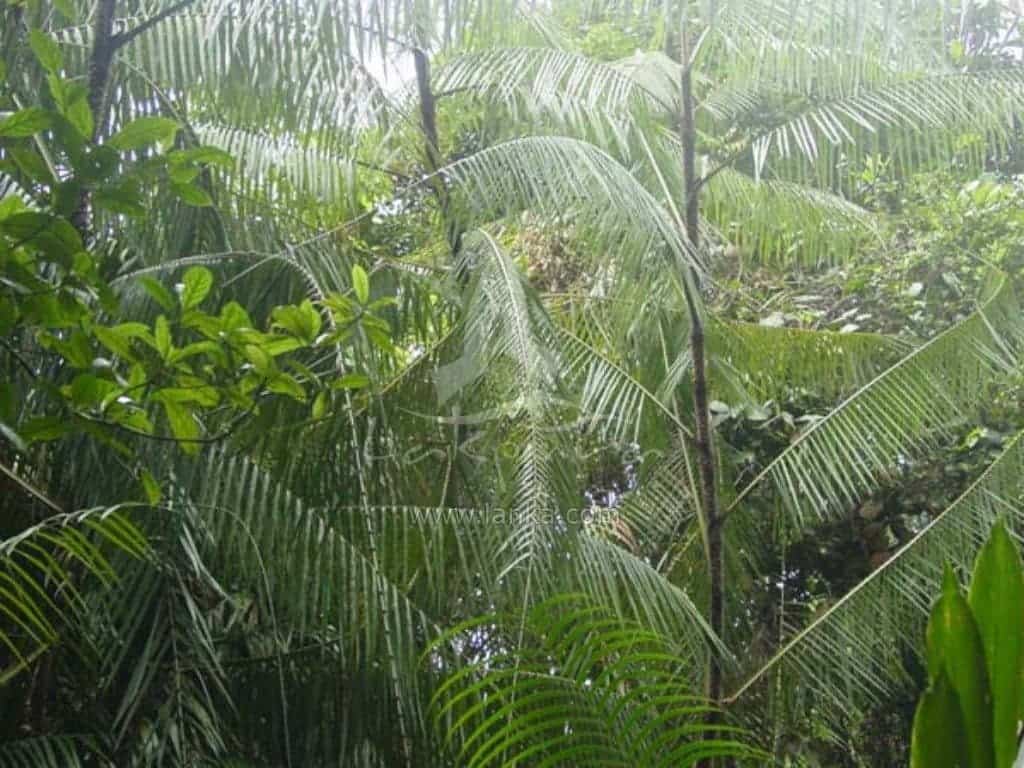Small and retouched stone tools known as microliths that date back around 45,000 years were found in a Sri Lankan cave, representing the earliest evidence of such advanced technology in South Asia, according to a new study.

Archaeologists had previously thought that rainforests presented a barrier to the early spread of humankind. In comparison to the environments of Europe and Africa, these dense tropical surroundings are considerably more challenging to both travel through and inhabit.
Nevertheless, the research, published in the journal PLOS ONE, dismissed that idea. The discovery of these tools, which are believed to have been weapons to kill animals hiding in trees, suggests humanity spread more diversely than was thought.
Archaeologist Oshan Wedage, of the Max Planck Institute for the Science of Human History in Germany, and colleagues analyzed microliths from the west Sri Lankan cave of Fa-Hein Lena, that date back 48,000–45,000 years ago.
Microliths are considered to be the product of composite weapons produced by cultures with advanced strategies for hunting and thriving in challenging environments. Such tools are known from European sites of this age, but this is the oldest microlith assemblage in South Asia and the oldest known from a rainforest environment.
The authors suggested that these tools were likely part of composite projectile technology used to hunt and capture tree-dwelling prey, though more research will be needed to confirm their exact functions.
“Whatever the results, these miniaturized stone tools place Sri Lanka in a central position in terms of discussing technological sophistication among our species. We have essentially uncovered the “Upper Palaeolithic’ of the rainforest.” Patrick Roberts, a co-corresponding author, said.
The similarity of Fa-Hien Lena technology to that of local cultures as recent as 4,000 years old reflects long-term stability in rainforest technology in the region. This technology, along with the rise of more complex social structures, may have been part of the ‘toolkit’ that allowed Late Pleistocene humans to spread to nearly every environment on the planet.
Sri Lanka has been a prominent part of discussions of early human adaptations to tropical rainforests, though there has been a lack of systematic, detailed analysis of the technological strategies that demonstrate a clearly specialized adaptation to such environments.
“We undertook detailed measurements of stone tools and reconstructed their production patterns at the site of Fa-Hien Lena Cave,’ said Wedage. “This is the site with the earliest evidence for human occupation in Sri Lanka. We found clear evidence for the production of miniaturized stone tools.”


